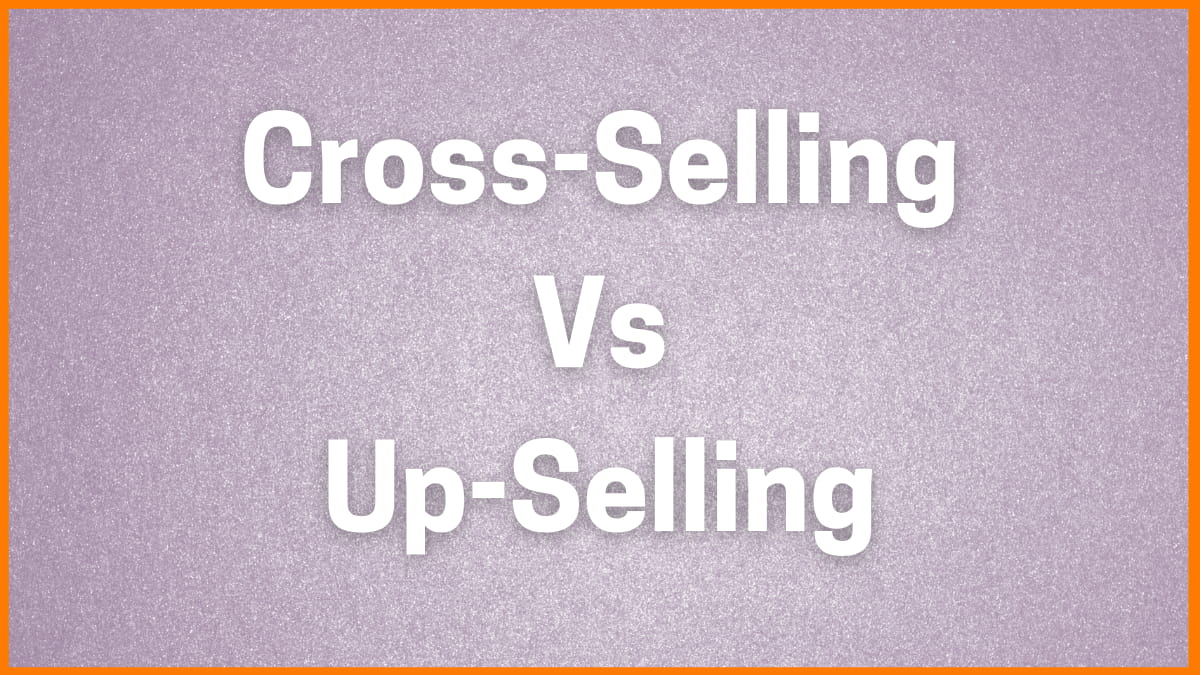7 Common Mistakes to Avoid When Designing an E-Commerce Website
Are you in the process of designing an e-commerce website for your business? If so, you’re probably excited about the potential it holds to attract customers and drive sales. However, it’s important to approach the design process with caution and avoid common mistakes that could hinder your website’s success.
In this blog post, we will explore seven common mistakes that many businesses make when designing an e-commerce website.
By learning from these mistakes, you can ensure that your website stands out from the competition and provides a seamless shopping experience for your customers.
So, let’s dive in and identify the various mistakes and how to avoid these pitfalls to create an exceptional e-commerce website for your business.
Mistake #1: Poor Navigation
When it comes to an e-commerce website, nothing can turn away potential customers faster than confusing or cluttered navigation.
A disorganised menu structure can leave users feeling frustrated and overwhelmed, leading to a negative user experience. Not only does this impact customer satisfaction, but it also hinders the overall success of an e-commerce website. To create clear and intuitive navigation menus, you should consider a few tips.
First, prioritise simplicity and minimalism by using clear labels and logical categories. Second, ensure easy access to important pages by including prominent links in the main menu. Lastly, implement user-friendly features like breadcrumbs and search bars to further enhance navigation.
By paying attention to the design and functionality of the navigation, you can improve the user experience and ultimately boost sales.
Mistake #2: Lack of mobile optimization

In today’s digital landscape, mobile usage is on the rise, making it crucial to prioritise responsive design and mobile optimization for e-commerce websites.
With the increasing number of consumers accessing the internet through their mobile devices, neglecting to optimise websites for mobile can have significant consequences. Not only can it lead to a poor user experience, but it can also result in lower search engine rankings and missed sales opportunities.
To ensure mobile-friendly experiences, implement techniques such as responsive design, optimising page load speed, and utilising mobile-specific features like touch-friendly buttons.
By prioritising mobile optimization, you can enhance user engagement, improve search engine visibility, and ultimately drive more conversions for your e-commerce website.
Mistake #3: Slow loading speed
40% of visitors will leave a website if it takes longer than three seconds to load (BrowserStack). Slow loading speeds can have a detrimental impact on the success of an e-commerce website. Not only does it discourage potential customers, but it can also result in high bounce rates and lost sales.
To optimise website performance and loading times, it is essential to employ effective strategies.
Firstly, optimising images by compressing them without compromising quality can significantly reduce loading times. Another technique is to leverage browser caching, which allows elements of the website to be stored locally on a user’s device, resulting in faster load times upon subsequent visits.
Furthermore, ensuring a mobile-friendly experience is crucial in today’s digital landscape. Implementing responsive design and using mobile-friendly frameworks can help accommodate users accessing the website on their smartphones or tablets.
By addressing these issues, you can enhance your e-commerce website’s performance, improve the user experience, and ultimately increase sales.
Mistake #4: Inadequate Product Descriptions and Images

In the world of e-commerce, having compelling product descriptions and high-quality images is crucial for success.
You need to understand the significance of persuasive descriptions and visually appealing images. Not only do these elements help to capture the attention of potential customers, but they also play a vital role in improving search engine optimization (SEO).
When writing product descriptions, it is essential to highlight the unique features and benefits of the products while also incorporating relevant SEO keywords.
Additionally, selecting high-resolution images that showcase the products in the best possible light is imperative. By paying attention to these details, you can enhance the overall shopping experience for your customers and increase the chances of making a sale.
Mistake #5: Complicated Checkout Process
A streamlined and user-friendly checkout process is essential for any e-commerce website. As a business owner, you should understand the significance of providing a smooth and hassle-free experience to your customers. A complicated checkout process can lead to cart abandonment and lost sales.
Consider implementing a few key tips to simplify the checkout process and reduce cart abandonment on your e-commerce website.
Firstly, minimise the number of steps required to complete a purchase.
Around 25% of customers abandoned their cart and checkout because the site wanted them to create an account (Baymard Institute). Hence, offer guest checkout options to avoid forcing customers to create an account.
Clear and concise instructions, along with a progress indicator, can help users navigate through the checkout process effortlessly. Lastly, ensure that your e-commerce website design is responsive and mobile-friendly, as more and more customers are making purchases on their smartphones.
By taking these steps, you can optimise the checkout process and provide a seamless shopping experience for your customers.
Mistake #6: Lack of Trust Signals

Trust signals play a crucial role in the success of an e-commerce website. Business owners must understand the importance of incorporating trust elements to gain the trust of their customers.
One effective way to build trust is by showcasing customer reviews and testimonials, which provide social proof and reassure potential buyers about the quality of products or services offered.
Additionally, displaying secure payment options, such as trusted payment gateways, can help alleviate any concerns regarding online transactions.
When designing an e-commerce website, it is essential to prioritise trust signals to establish credibility and encourage conversions. By integrating these trust elements seamlessly into the website design, you can foster a sense of trust and confidence among your target audience while building a loyal customer base.
Mistake #7: Ignoring SEO Best Practices
Poor search engine optimization can have a significant impact on visibility and traffic. Neglecting SEO techniques can result in lower search rankings, making it difficult for potential customers to find your website.
Without proper optimization, your website may not appear on the first page of search results, leading to missed opportunities for organic traffic and reduced visibility.
To improve search rankings and increase visibility, it is crucial to implement SEO best practices, including the strategic usage of relevant keywords.
Businesses can also effectively enhance their online presence with the help of platforms like Zupain, which assist in creating and managing online stores.
In conclusion, when designing an e-commerce website for your business, it is crucial to avoid common mistakes that can hinder its success. By implementing best practices, you can create an exceptional e-commerce website that stands out from the competition and drives sales for your business.








